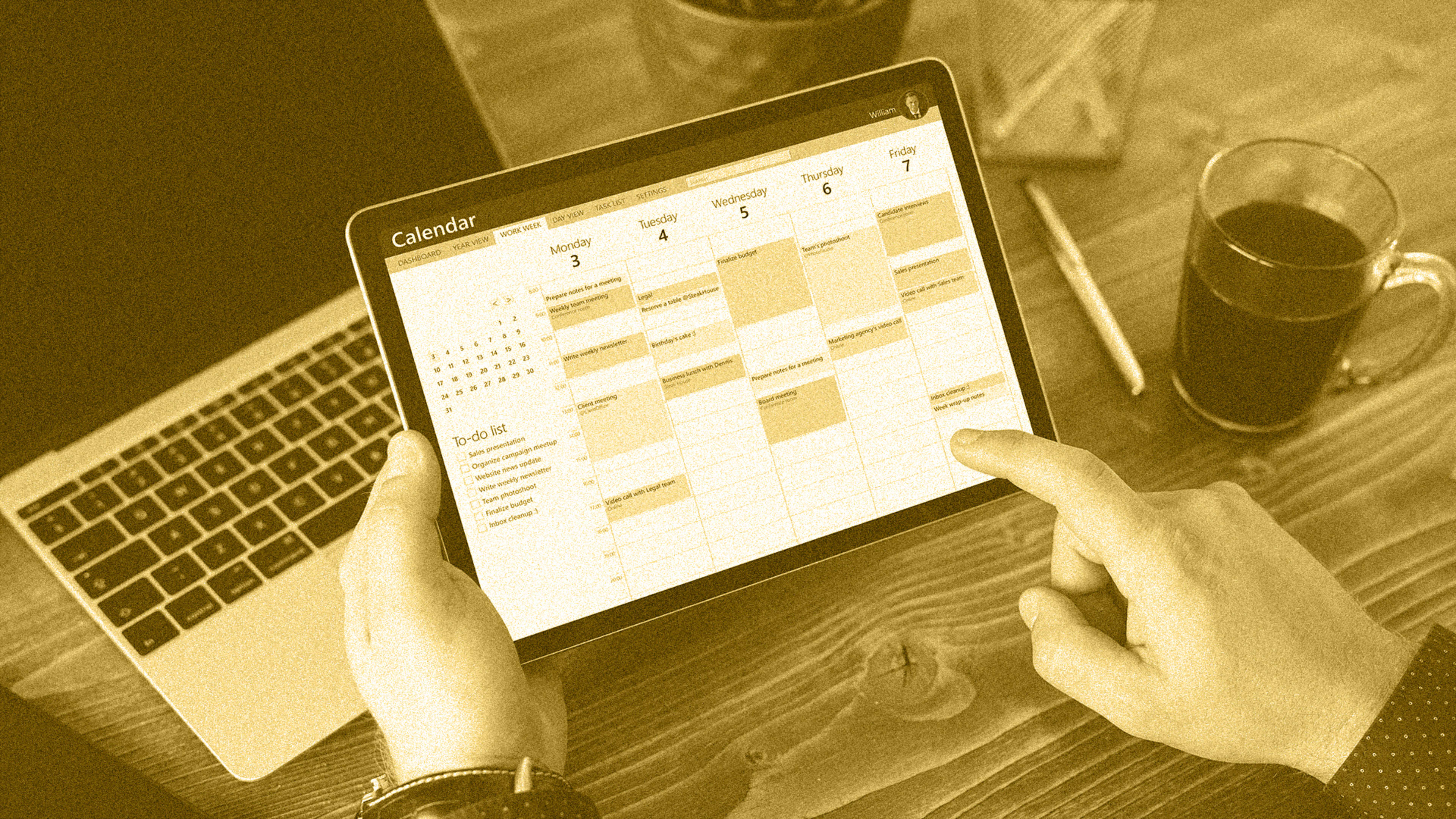There’s a common complaint in the workplace today: Employees’ schedules are often so packed with meetings that they have no time to do their actual jobs.
Back in 2017, 71% of senior managers said that meetings were unproductive and inefficient; 65% reported that they got in the way of completing tasks. Since 2020, the problem has gotten worse. Research shows that with the rise of remote work, employees are spending more time in meetings and the workday has been extended by more than 45 minutes.
This is unnecessary, and the good news is, it doesn’t have to be your team’s reality.
I know this from experience. Running a $4-billion company with employees all around the world has forced me to rethink my approach to communication, and I encourage our leaders to do the same. By ensuring that every team has a deliberate, pared-down approach to meetings, we’ve increased productivity and boosted morale.
Here are five strategies to help your team make the most of their time together—and apart.
Never schedule meetings back-to-back
I used to do back-to-back meetings every day in an effort to get more done, but it never went well. I was late to every meeting. I didn’t have time to take notes from the previous call or prep for the next one. Every day felt like a blur.
When I started punctuating meetings with 15-minute buffers, I felt something shift, and for good reason. Taking breaks between meetings allows the brain to reboot, and as a result, stress dissipates. This is a win for businesses, too, as the research shows that if someone is more relaxed, their performance improves.
That certainly was the case for me. I needed those 15 minutes to process new information, give feedback if needed, and get ready for my next call. Learning to take time to reset and take notes really changed my life and my perspective.
Try to block your meetings for a specific time of day
Blocking time to get into deep work is a game changer. That can be something different for everybody, but for me, it means I try to do all my meetings before noon. Then I have another period of my day that I can get into deep work.
Personally, it’s really hard for me to context-switch, so time-blocking is very important. Even small interruptions can have big impacts on my day—and I’m not alone. According to one study, people who are regularly interrupted at work reported feeling more stressed and frustrated.
So, I try to cut down on distractions however I can. When I’m doing time-blocking, I snooze my notifications. To help me focus, I also exit applications and go full-screen on my work.
Embrace asynchronous work
Working across multiple time zones is a fact of life these days, and it requires a major shift in the way companies approach meetings. Embracing asynchronous work is an easy way to show appreciation for your teammates’ time and increase efficiency at the same time. It’s also my go-to for most work communications.
Realistically, you probably don’t need to be in many of the meetings you’re attending. In fact, the only meetings you should be prioritizing are those that involve deep collaboration, ideating, and brainstorming. If a meeting is to just update people, it’s a waste of time.
Instead, I like to record video clips to share with people asynchronously. This allows everyone to get updates in a timely way without disrupting deep work, and helps me make sure I’m conveying my thoughts as clearly as possible. It’s a win-win.
Limit meetings to 30 minutes
It can be tempting to schedule an hour-long meeting, especially if you think your team has a lot to cover. Don’t.
Instead, set meetings for 30 minutes, and maximize the time you spend there by setting an agenda, providing necessary pre-reads, and limiting the number of attendees. J. Richard Hackman, a renowned expert in team dynamics, said that the ideal working group size was about six people. Condensing the invite list ensures that the group stays on topic and makes the most the time they spend together.
On the rare occasion that 30 minutes isn’t enough time to tackle an agenda, try to break down your objectives. You’ll find that most meetings that require more than 30 minutes are covering disparate goals that should be discussed separately. If you try to pack in too many ideas into one meeting, you lose focus and efficiency.
Prioritize public discussions over direct messages
Millions of workers across the U.S. are now working remotely at least part-time, including most of our company. That, combined with the fact that new employees are always coming onboard, means that we’ve had to make our internal communication as transparent as possible.
By prioritizing public communication and tasks over direct messages, we have broken down silos and allowed everyone at the company to have visibility into different projects and priorities. It also means that everyone gets to learn and contribute, and that anyone can find answers to their questions and better understand historical context. There’s a convenience factor, too; you’ll rarely have to answer a question twice if it’s searchable for everyone.
The way we worked a few years ago just doesn’t make sense today. By rethinking how you approach communication, you’ll increase productivity, and odds are, have happier employees, too.
Zeb Evans is the founder and CEO of productivity platform ClickUp.
Recognize your brand’s excellence by applying to this year’s Brands That Matter Awards before the early-rate deadline, May 3.
